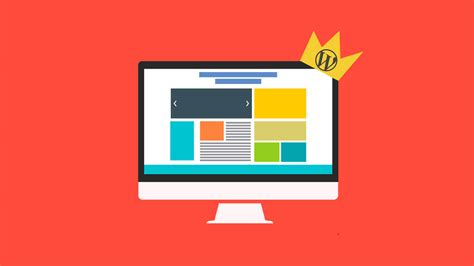You can use the accessiBe WordPress plugin to improve your site’s accessibility. The goal of the plugin is to help you fix website’s existing errors in order to meet WCAG 2.0 AA guidelines, making it easier for people who are blind, have low vision, or motor disabilities to visit and navigate your site. The following article will introduce you to the plugin’s interface and show you how to improve your site by adding missing titles, subtitles, images, and alternative texts.
Every time you add a new image to your post or page, remember to add the image’s alt attribute. Images without alt attributes will be ignored by this plugin.
The plugin is activated on default for all your posts and pages. If you want to deactivate it on certain pages or posts, just uncheck the checkboxes next to them.
In the plugin’s main menu, below ‘Settings,’ there is a list of posts and pages where you can check whether accessiBe WordPress plugin has been activated. If it wasn’t activated for some posts or pages, please activate the plugin on them before going to the General settings area.
General Settings
The plugin’s general settings are divided into three sections: Handling, HTML, And CSS.
Handling Settings – The main purpose of these settings is to tell the plugin how it should handle errors. You have five options available: Ignore, Moderate, and Markup.
Ignore: When this option is selected, accessiBe WordPress plugin will not generate any markup or CSS for errors that are found.
Moderate: When this option is selected, the plugin will only show errors which you have moderate permissions to edit – member, editor, or administrator.
Markup: When this option is selected, the plugin will show all found errors on your site, and it will also create HTML elements and CSS classes to help you correct errors.
HTML And CSS Settings – When the accessiBe WordPress plugin finds errors on your site, it will add them as either HTML elements or CSS classes. For every error the plugin finds, an HTML container element is created and placed inside a div container with a class of ‘accessibe-error.’ Inside this container, you will find all errors the plugin has found.
Logs Settings – There are two options available under Logs settings: Show accessiBe icon: This option adds an icon to your site’s header that shows that your site is accessible. Hide Icon: This option hides the icon from your site’s header.
HTML And CSS Classes
– The plugin provides a list of HTML elements and CSS classes that you can use to correct your site’s errors. These are stored in the ‘accessibe-element’ and ‘accessibe-class’ variables, respectively.
Markup And Styling – This option enables or disables the plugin’s markup code.
Styling Your HTML Elements – This option enables or disables the plugin’s CSS styling code.
Alternative Text – When a thumbnail is found, the plugin will also attempt to retrieve a picture’s alternative text from og: image tag.
Title And Subtitle – If the title or subtitle of a page or post has been added to that page or post, then this error will be corrected with these two settings checked.
Image Alternative Text – When you add an image to your site, if it has no alternative text set by the author, this error will be corrected with this setting checked.
Do you have any questions about this article? Click here to contact us today.
